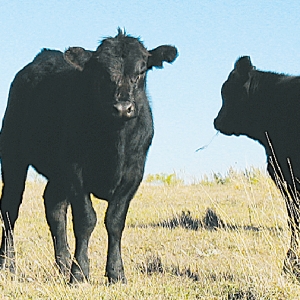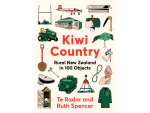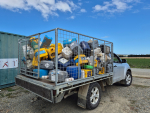COW NUMBERS in the US are at their lowest for 63 years, contributing to a boom in beef export volumes and prices, says Beef + Lamb NZ chief economist Andrew Burrt.
In September this year the average value was up 22% on last September, Burtt told Rural News. September exports from New Zealand averaged $7.30/kg as against $6.37 in September last year. The average price for the full year to September 30, 2014 was FOB $6/kg for all beef exports.
The season to September 30 was New Zealand’s second-largest export in beef volumes; the highest was 10 years ago in 2003-04. Overall volume was up 6.2%, partially due to high beef production as a result of the cull here, says Burtt.
For the year the FOB average value was up 2%.
“That’s significant when we consider the exchange rate in New Zealand dollars was stronger,” says Burtt. “The US is about half our markets but it has competition from others such as China and South East Asia – but the US is driving the trends.
“In North Asia our market share has pretty much stabilised as a result of a number of factors such as the competition from other markets.”
Other countries are getting FTAs or better access post BSE (mad cow disease).
“BSE was a long time ago but it takes a long time to get market access back. The US and Canada in particular have opened up those North Asia markets again and are particularly competitive in promoting grain fed beef into North Asia which has put some pressure on us.”
BLNZ believes high beef prices will persist for a time because of series of factors coming together in the US and Canada reducing cow numbers. But if prices go too high buyers might go to other meats like ground turkey meat or boneless chicken breasts. But the fundamentals are good for the coming year.
Lamb export volumes were down about 3% in the year to September 30, which ties back to last year’s spring and the lamb crop after the drought. This September the average lamb price was $8.65 FOB, compared to $8.38 in the previous September.
Total returns for the year were up 9.5% to $2.52 billion because the average per tonne value of lamb exported rose 13% to $8300 compared to $7400 in 2012-13.
“The EU is the main market for New Zealand with a high average value primarily because it reflects a different type of product,” Burtt says. “China is the largest market: it has continued to be a strong market. Sometimes there is rhetoric about how much is going out in carcase form, which is actually very little.”
Mutton achieved the second-highest export volume in history mainly due to dairy conversions and slaughtering of ewes. Markets are highly concentrated particularly in North Asia and China, driven by price and demand for red meat protein.
North Asia is buying about 75% of the mutton volume as against 20% 10 years ago, reflecting the FTA, better access and commercial opportunities.
The outlook for lamb is still positive, say Burrt. All indications are that prices will remain strong despite economic growth in the EU, which accounted for 48% of lamb returns last year, remaining fairly flat.
BLNZ is surveying farmers now and information on the lamb crop should be out in November. “But we had a good autumn across the country, a benevolent winter and we are having a good spring so far so we would hope broadly there will be an improvement.”











